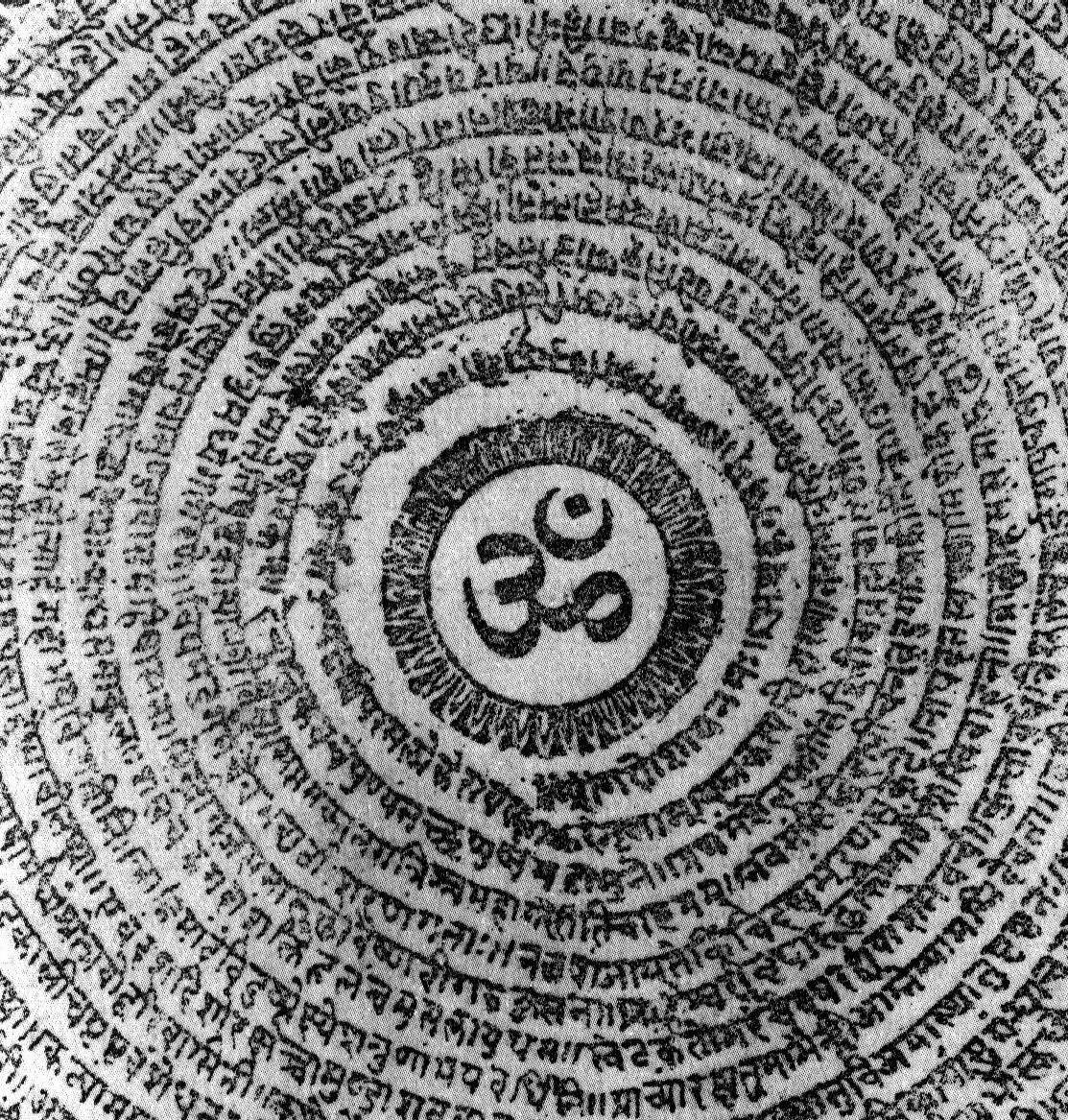How to Attract Women – Part 3: Write Rama Nama Mantra for Marriage!
The demands of Youth!
The idea that any boy of age would want the perfect bride is nothing new. It has persisted since the ancient times.
Whilst then, the fad was to pray for a girl like Sita (of the Ramayana Epic) or a boy like Rama, now the youth of today want the Shahrukhs and the Aishwaryas.
We were young once!
I can recall that a humourous retort from the elders in my community to the demands of such perfection is: “Remember who Sita married! Can you claim you are Rama?”. The answer was invariably a humble: “no!”. Who can compare themselves to the great Ramachandra of the epic? The perfect King?
The point of course is that one deserves that (or someone, in this case) which is fitting of one’s own character. One who is perfect, noble and valourous most times has the right to demand similar qualities in the one they marry.
We can but try
So let’s cut to the chase! How does one develop your character to match the demands and ideals of what you want your husband or wife to be? The solution lies in mantra!
Although fashions and indeed “IT girls” change over time, the concept is identical, and so is the solution – writing or chanting Rama Nama. The name of Rama is a powerful combination of the essence of Narayana and Shiva Themselves – click here to read my prior post on the subject.
Invoke a powerful transformation through your own Sankalpa!
The power of Rama is in his perfection – and it can be manifest in anyone! Just write or chant the name of Rama to slowly condition the mind with the ideals of Rama.
I would also suggest an accompanying English mantra that one can say (or think) over and over to help with this transformation:
“Rama, please help me become more like you and build my character;
Rama, please find me my Sita!”
You can use your own words – in whatever language you prefer – to focus your thoughts and sentiment. This, in effect, is what is known as the Sankalpa (intent of your prayer).
Please do feel free to comment and provide your own experiences and feedback below on writing and chanting Rama Nama.
Footnotes:
** This article was published on a Tuesday **
Tuesdays are the most auspicious time to worship Hanuman. The great Hanuman is of course Rama’s fearless, faithful and unbelievably powerful companion, who had mastered both himself and the power of the Ashta Siddhis.
There is nothing that Hanuman would not do (and cannot do) for Rama and his Bhaktas (devotees) ; I would also greatly encourage anyone writing Rama Nama to also listen to or recite the Hanuman Chalisa or any mantra to him as a perfect complement – click here for details.
Follow me on Twitter: @MantraYogi
Finding meaning in Om: The Pranava mantra (Part 1)
The universal mantra
Om is often regarded in two extremes – either the simple method of beginning either Vedic chants or before Yoga etc, or taken to symbolise the everything sought for by the spiritual aspirant.
The reality is that the meaning of Om is both of the above points and everything in between!
In this series, I will look at a series of definitions of Om to provide a broad overview. The reader can of course make their own extrapolations as to the deeper concept. There are already many articles on Speaking Tree and beyond to this effect written by true masters and I shall not waste time replicating their incredible thoughts.
The general idea
For the very general and simplistic explanations, one must breakout the individual sounds within Om: A – U – M.
- A – the power of creation
- U – the power of sustenance
- M – the power of destruction
There are other variations:
- A – the power of waking state
- U – the power of dream state
- M – the power of deep sleeping state



